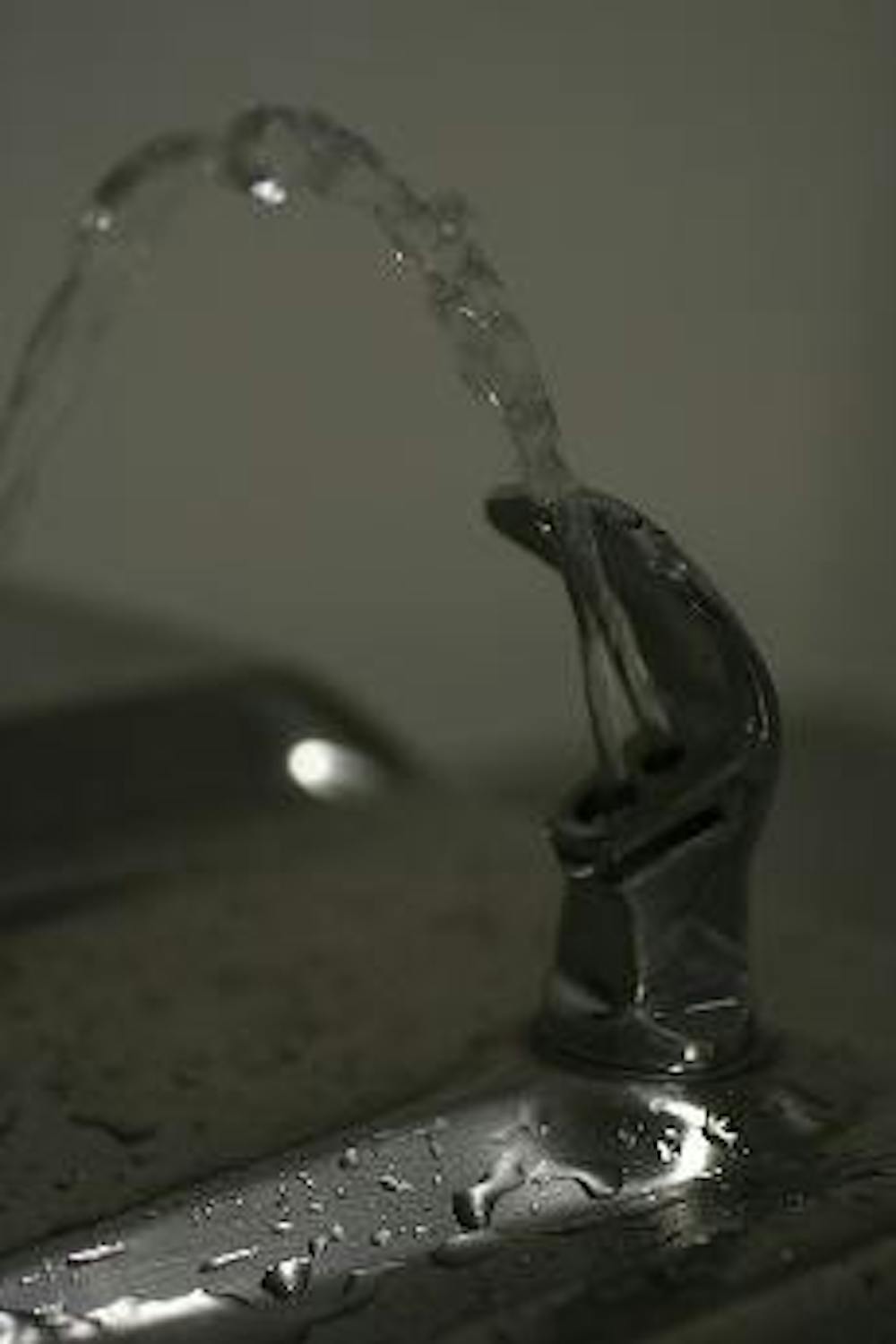Issues regarding the water quality in D.C. once again became a target for public debate earlier this month after DC Water and Sewer Authority announced that it would end an accelerated lead water pipe replacement program in the District because the water is now safe to drink.
DC WASA implemented the program to remove lead water pipes throughout D.C. in 2004 after the District government found that lead levels in the water were almost four times the Environmental Protection Agency's mandated limit, according to a DC WASA press release.
The DC WASA board voted Sept. 4 to revise the program and alter its pipe replacement program. DC WASA no longer sees the program as necessary, according to a statement on the authority's Web site.
"District drinking water has met federal limits for lead and is in full compliance with all U.S. Safe Drinking Water Act regulations," DC WASA said in the statement.
Charlie Kiely, DC WASA's assistant general manager of Consumer Services, said the water is indeed safe to drink, adding that the board's vote simply ended the program.
Eco-Sense President Julie Munro, a junior in the College of Arts and Sciences, said she thinks that the whole situation is blown out of proportion and that people need to be better educated about the water quality to "quell suspicions" of tainted water.
Corin Reade, a junior in the Kogod School of Business, said that many students were unaware of the water situation.
"As far as I know, it's not common knowledge," she said.
In 2004, lead levels in D.C. were at 59 parts per billion, almost four times the federally mandated action level of 15 ppb. This finding led DC WASA to take action to lower those levels, according to DC WASA's Web site.
DC WASA continued to replace pipes after lead levels fell below action levels and intended to replace all of D.C.'s pipes by 2016. DC WASA offered to replace residents' private service lines - the line that delivers water to the house - for a $2,000 fee. Approximately 20 percent of D.C. residents opted to have their private lines replaced, causing the DC WASA to question the effectiveness of the program, according to DC WASA's Web site.
In 2007, the lead level in D.C. water was 11 ppb, according to the Environmental Protection Agency. Current D.C. lead levels are now lower than New York's 15 ppb and Baltimore's 12 ppb.
A staff member in Facilities Management could not be reached by press time for comment on how AU handled the pipe replacement project.
You can reach this writer at news@theeeagleonline.com.





